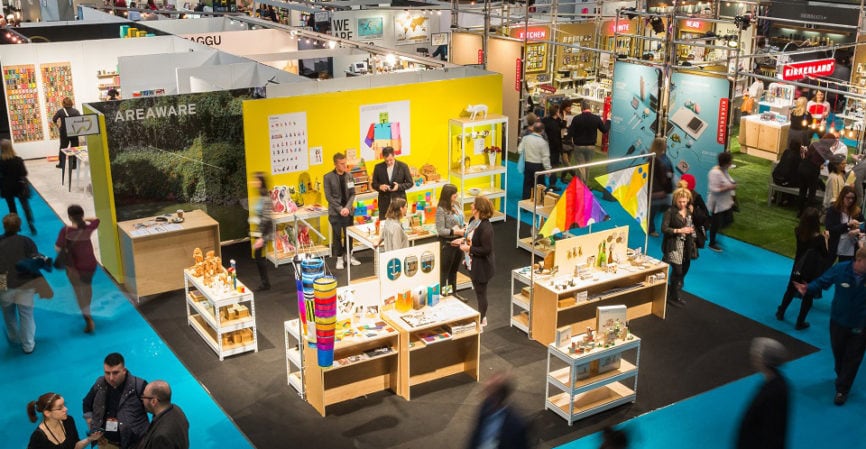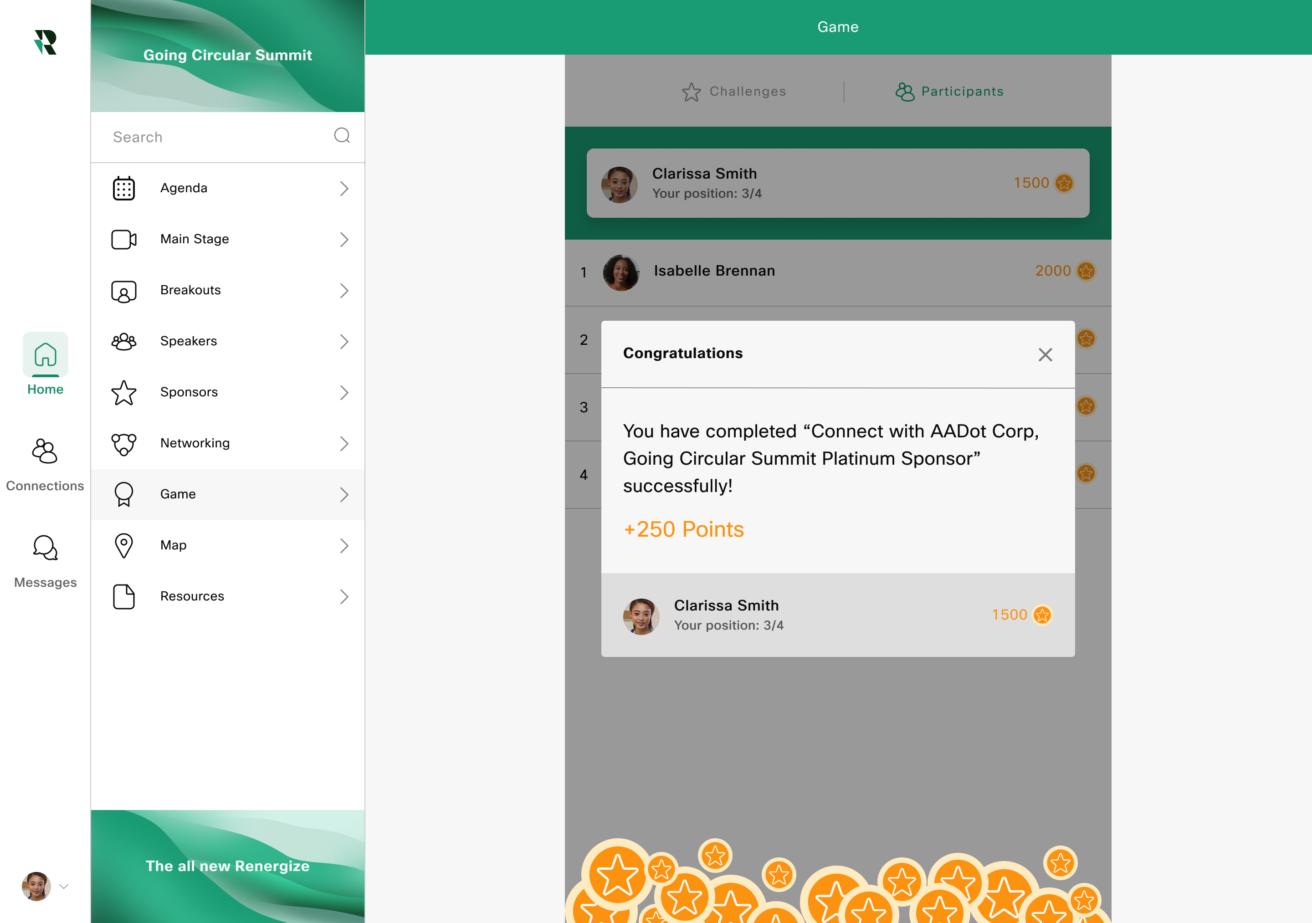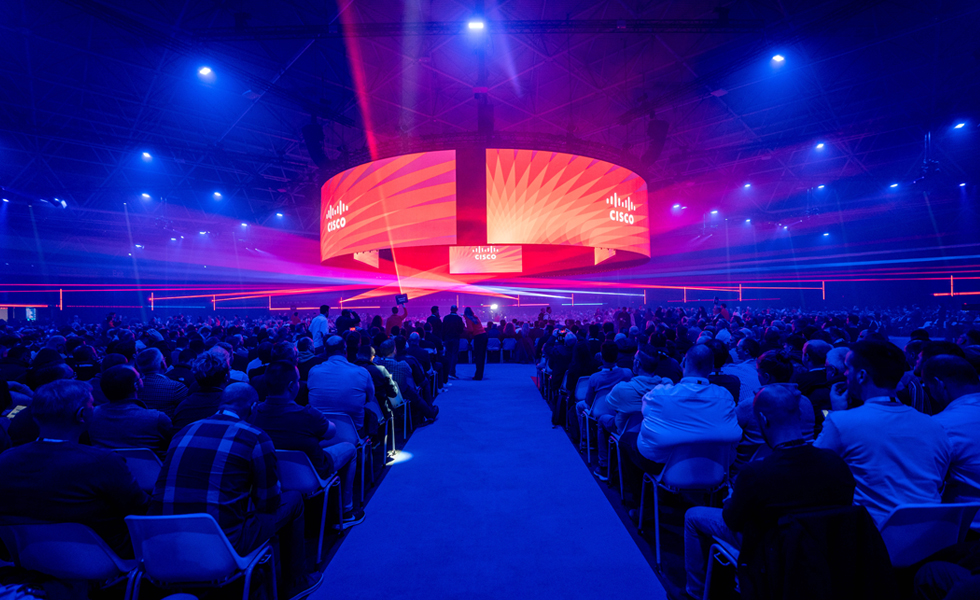In-person events are a great way to connect with your audience and build relationships. Whether you’re hosting a conference, workshop, or networking event, there are many things to consider when planning and executing a successful event.
In this article, we will explore some examples of in-person events, provide tips and tricks for planning and running them, and share best practices for making the most of your event. From in-person event types to choosing the right event tech, we’ll cover everything you need to know to make your in-person event a success.
In-person events
Many people prefer to attend a trade show, conference, seminar, or workshop in person. For eventgoers with such an inclination, it’s usually about mingling eye to eye, networking “the old-fashioned way,” and traveling to and exploring a new city or country.
And we can’t blame them. Even though in-person events may look different today, they’re still in-person events. They offer an abundance of perks and experiences that their fully virtual or hybrid event counterparts lack. For example, in-person events allow us to:
- Connect and reconnect with clients and partners, face to face
- Focus on the event experience more directly and consistently
- Visit new places
- Network in person
- Engage more meaningfully with event activities
Don’t get us wrong— hybrid and virtual events remain popular and effective, but live events are still necessary. We love all event formats for unique, albeit equally important, reasons.
Let’s take a look at some in-person event examples to inspire your next meeting.
In-person events examples
The event world has been in flux over the last few years. But the event formats you’ve come to know and love have, in large part, remained the same. Here are some examples of ever-popular in-person events (and maybe one you’re currently trying to plan!):
Trade shows

Trade show, trade fair, exhibition—all of these are synonyms for the same type of event.
In short, a trade show most commonly takes place in a large exhibition hall with companies and their booths lined neatly throughout. Big players in a predetermined industry top their tables with new products or information about new services for other industry leaders or new entrants to explore.
At trade shows, event attendees have the opportunity to “study” their competitors and examine market trends—a task more easily completed in person. The sheer size of these events and the amount of sensory information that an attendee can experience is likely also a large reason why many prefer to visit a trade show physically.
Conferences

Like trade shows, business conferences are usually organized around a specific industry or common interest. However, instead of being exclusively about information-swapping, a product launch, or a demo, conferences offer more of a rounded experience. They often include keynote speakers, vendor displays, and other activities.
Due to the varied nature of this type of event and the number of activities that visitors have the opportunity to participate in, conferences are oftentimes easier to arrange in person. On the opposite edge of the same sword, and due to the variation in experiences, conferences translate well to a hybrid event format.
Seminars

Seminars are, by definition, a conference or other meetings for discussion or training. Most often, in-person business seminars take place in large conference halls, convention centers, or hotels. Attendees gather to participate in group training sessions or discussions about a predetermined subject. The discussion or session is usually led by one or more speakers who direct the conversation and facilitate a dialogue.
In-person seminars are highly valuable to people who prefer live instruction. Some people simply learn better this way, and having an in-person seminar allows them to more readily ask questions and receive answers.
Workshops

Continuing with the theme of centering around a specific industry or niche, workshops are among the most hands-on of B2B event marketing formats on this list, making them ideal in-person events. For example, if you own and operate a vineyard, you might attend a wine workshop that involves tasting and pairing experiences.
The sense of involvement and satisfaction attendees receive from an in-person workshop often outweighs a virtual workshop experience. However, virtual and hybrid workshop formats can still be accomplished with great success.
Networking events

Sure, networking is one of the main goals of almost all of the aforementioned in-person event types, however, networking events are expressly intent on facilitating those connections.
LinkedIn is a great platform for finding and connecting with new people. But when people come to an in-person networking event, they’re looking forward to the eye-to-eye, one-on-one interactions. Often, organizations and other event attendees of this particular format will find prospective employees, future business partners, and more while they meander about the venue.
In-person event ideas and best practices
As the frequency of in-person events continues to grow, event professionals and event planners are thinking about ways to make them fun, engaging, valuable, and accessible for organizations and attendees alike.
While event professionals are always on top of their game, we thought we’d lay out some ideas for in-person events that can help you achieve your event goals.
Without further ado, here are a handful of timeless in-person event ideas and best practices to take with you into the new year—and beyond:
Tech stack competency
While not a set-in-stone requirement, strongly consider incorporating virtual elements into your next in-person event.
Exclusively in-person events, of course, still require capable event technology stacks. However, that need is amplified when we start to introduce and mix various formats, like virtual event components. So, make sure your stack is resolute and meets the needs of both you and your attendees.
Gamification

Yes, eventgoers attend functions to gain knowledge and gather important business information. And while most people exclusively attend events for this purpose, that doesn’t mean it has to be boring. Enter gamification.
Gamifying certain aspects of your event will help keep attendees engaged and interested, which lends itself to a more memorable live event experience altogether. Need some ideas? Try out one of these during your next in-person event:
- Photo contests
- Networking and attendee engagement leaderboards
- Trivia challenges
- Scavenger hunts
All of these gamification ideas can be tailored to suit your specific event and its subject matter.
Accessibility
Perhaps one of the most beneficial elements to come from moving from fully in-person to fully virtual and then halfway back again is increased accessibility.
Not everyone has the privilege of good health, the capability to travel, or even the desire to traverse states to attend a conference, trade show, or seminar. Beyond ensuring that your in-person event venue is physically accessible with features such as ramps, elevators, and accessible washrooms, it’s important to consider attendees’ accessibility needs beyond that. If someone cannot attend the event in person but still wants to take part, they should still be able to do so. But how?
By marrying in-person and virtual event experiences. This is what a hybrid event is all about!
Safety protocols and social distancing
Even with the longing for a return to in-person events, many event attendees practice safety protocols, such as social distancing and other WHO recommendations. These protocols are in place for a reason and, in planning your next in-person event, should be present to keep everyone safe.
Merge in-person and virtual event experiences

While in-person events once were just that, and only that—they are no longer. As it turns out, a lot of people have come to prefer virtual or hybrid experiences—some for personal reasons, others for accessibility reasons or, in a lot of cases, it’s simply their preference.
With that in mind, it’s becoming increasingly important to marry in-person and virtual events and activities that are suitable for a hybrid event format. This could take shape in a few different ways but, most commonly, it includes an in-person event that offers things such as:
- Live-streaming
- Virtual networking options
- A mobile event app
But what is the best way to acquire and offer all of these things? Well, you just need the right tools and a strong event management platform to partner with.
Use the right tools
For all of the above ideas and best practices to be implemented effectively, you need to use the right tools. Identifying and gathering event management software solutions independently is tedious and, quite frankly, unnecessary.
Here are a few things you’ll need for your upcoming in-person event:
- Registration and ticketing solutions
- A mobile event app
- Check-in tools
- Badge-printing
Alas, everything you need to host a successful in-person event should be available through your event management platform partner—from equipment rentals to software solutions and everything in between.
Using an in-person event management platform
In-person events, while they were on a lengthy hiatus, are back and here to stay; they just look a bit different than they used to. That’s why you need an event management platform that truly elevates your next in-person event, while accommodating a virtual audience and hybrid elements, too.
With customizable tools, an inventory of event service offerings, and a companion mobile event app, Webex Events has everything you need to host your next in-person event and ensure its success. Ticketing, registration, networking facilitation—you name it, we can help.
Ready to host your next in-person event? Request a demo of our event management platform today.





